Istanbul Turkey: Where Empires Met and the Continents Converge
Origins of Istanbul: Byzantium, Constantinople, and the Gateway of Empires
The city of Istanbul, straddling the Bosporus Strait between Europe and Asia, has served as a bridge between worlds for over two millennia. Its earliest incarnation, Byzantium, was founded by Greek settlers from Megara in 667 BCE. According to legend, the city’s founder Byzas consulted the Oracle of Delphi, who advised him to establish his colony “opposite the blind.” Upon discovering the Golden Horn, a natural harbor opposite the already-settled Chalcedon (modern-day Kadıköy), Byzas deemed the location far superior—calling its founders “blind” for failing to see its strategic potential. Thus, Byzantium was born.
The site’s value was apparent from the start. Its placement at the crossroads of Europe and Asia, along key trade routes and a protected deep-water harbor, made it a desirable prize. Byzantium passed into Roman control in the 2nd century CE, but its true transformation began in 330 CE when Emperor Constantine I refounded the city as Nova Roma, or “New Rome.” It quickly became known as Constantinople, a name that would endure for over a thousand years as the Eastern Roman—or Byzantine—Empire’s glorious capital.
The Roman, Byzantine, and Ottoman Empires: Thrones of Power
Roman Period (330–476 CE)
When Constantine the Great moved the imperial capital to Constantinople in 330 CE, he effectively cemented its future as a global power center. Under Roman rule, the city was fortified with immense walls, aqueducts, forums, and churches. It served as a beacon of Roman culture and administration in the eastern territories. The city’s population surged, and Christianity rose in prominence, particularly after Theodosius I declared it the state religion. Though the Western Roman Empire fell in 476 CE, Constantinople continued as the Eastern capital.
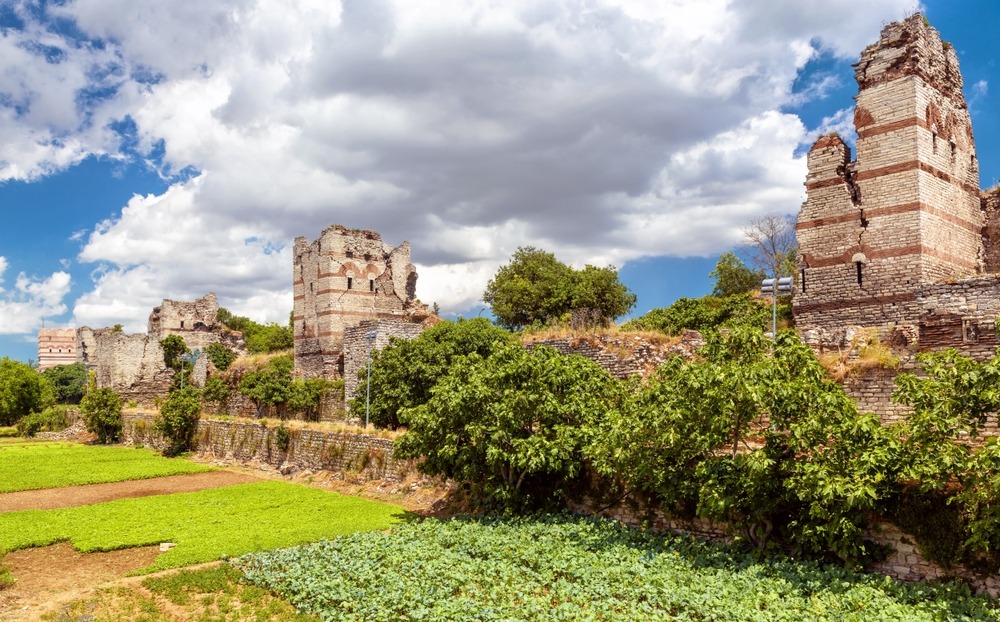
Byzantine Period (476–1453 CE)
The Byzantine Empire, heir to Roman legacy yet culturally Greek and Christian in identity, saw Constantinople flourish into the largest and wealthiest city in Europe. Justinian I’s reign (527–565) marked the zenith of imperial ambition, commissioning the Hagia Sophia and codifying Roman law. The city survived sieges from Persians, Arabs, and Rus’, protected by its formidable Theodosian Walls. Despite internal strife and the traumatic sack by Latin crusaders in 1204 during the Fourth Crusade, the Byzantines reclaimed it in 1261. However, the empire steadily declined, and on May 29, 1453, Sultan Mehmed II of the rising Ottoman Empire breached the walls, bringing an end to the Byzantine era.
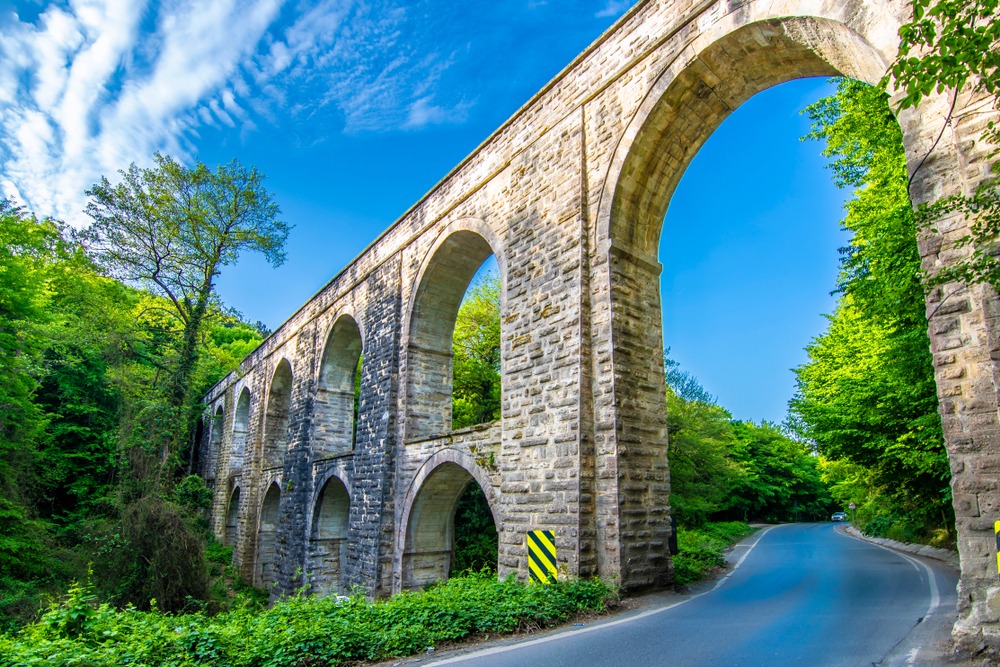
Ottoman Period (1453–1922)
Renamed Istanbul (though the name would not become official until the 20th century), the city became the capital of the Ottoman Empire. Sultan Mehmed II initiated an ambitious rebuilding program, restoring the grandeur of the city while converting the Hagia Sophia into a mosque and commissioning grand Islamic architecture. Under Suleiman the Magnificent in the 16th century, Istanbul became the nerve center of a vast empire stretching from Hungary to Mecca. The Ottomans enriched the city with palaces, bazaars, mosques, and public baths, making it a multicultural metropolis. Though the empire declined in the 19th century, Istanbul remained a vibrant imperial capital until the monarchy’s abolition following World War I.
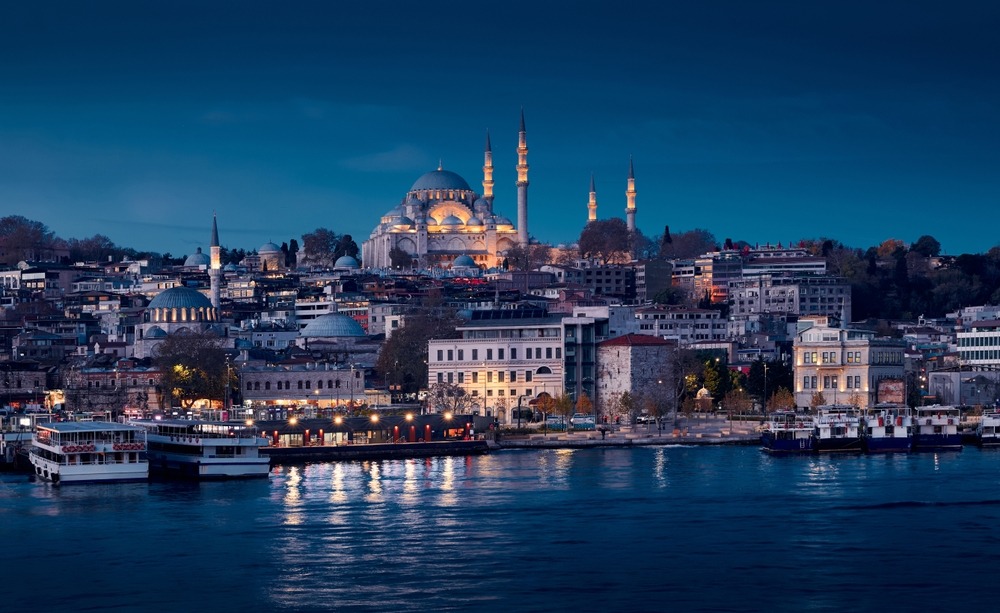
Modern Istanbul and the Republic of Turkey
Following the fall of the Ottoman Empire, Mustafa Kemal Atatürk founded the Republic of Turkey in 1923, moving the capital to Ankara. Nevertheless, Istanbul remained Turkey’s cultural and economic heart. Officially adopting the name Istanbul in 1930, the city began modernizing rapidly. Today, it is Turkey’s largest city, with over 15 million residents, and is one of the most vibrant urban centers in the world.
As a modern tourist destination, Istanbul offers a breathtaking blend of East and West, past and present. Minarets rise beside modern skyscrapers, bazaars buzz near art galleries, and centuries-old ruins nestle alongside trendy cafes. The city’s unique dual-continent geography, historic depth, and living traditions make it a must-visit destination for travelers drawn to culture, architecture, and history.
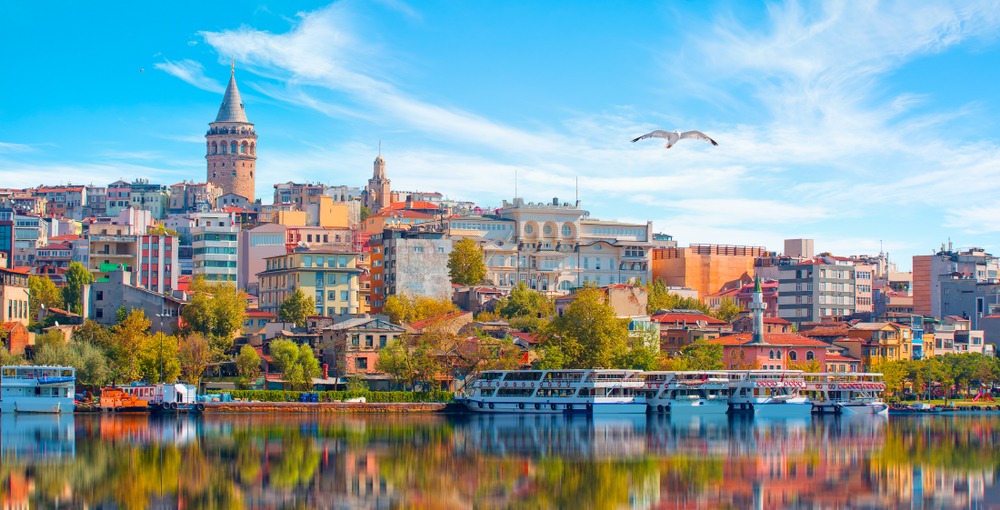
Top 25 Tourist Attractions in Istanbul
-
Hagia Sophia – Once a cathedral, then a mosque, later a museum, and now again a mosque, this 6th-century marvel with its vast dome remains the ultimate symbol of Byzantine grandeur.
-
Blue Mosque (Sultan Ahmed Mosque) – Famous for its six minarets and stunning blue İznik tiles, this Ottoman mosque sits directly across from the Hagia Sophia, forming Istanbul’s most iconic skyline duo.
-
Topkapi Palace – The imperial residence of Ottoman sultans for nearly 400 years, showcasing lavish rooms, religious relics, and views of the Bosporus.
-
Grand Bazaar (Kapalıçarşı) – One of the world’s oldest and largest covered markets, with over 4,000 shops selling carpets, jewelry, antiques, and spices.
-
Basilica Cistern – An eerie, beautiful underground water reservoir built in the 6th century, featuring a forest of columns and a haunting Medusa head sculpture.
-
Galata Tower – Offering panoramic views of Istanbul’s skyline, this medieval tower has watched over the Golden Horn since 1348.
-
Dolmabahçe Palace – A 19th-century waterfront palace blending European styles with Ottoman opulence; it was also Atatürk’s final residence.
-
Süleymaniye Mosque – Designed by the legendary architect Mimar Sinan, it’s a masterpiece of Ottoman architecture and one of the city’s largest mosques.
-
Chora Church (Kariye Museum) – Home to some of the finest surviving Byzantine mosaics and frescoes, depicting the life of Christ and Mary.
-
Spice Bazaar (Mısır Çarşısı) – A sensory overload of exotic spices, teas, dried fruits, and traditional Turkish delights.
-
Bosphorus Cruise – A scenic boat ride along the Bosporus, offering views of opulent waterfront mansions, palaces, and historic forts.
-
Istanbul Archaeological Museums – A trio of museums showcasing artifacts from Mesopotamia, Egypt, Greece, and Anatolia, including the Alexander Sarcophagus.
-
Istiklal Avenue – A lively pedestrian street in Beyoğlu, lined with shops, historic trams, cafes, galleries, and nightlife.
-
Taksim Square – The modern heart of Istanbul, known for protests, celebrations, and its monument to the Republic.
-
Ortaköy Mosque – A picturesque Baroque mosque right by the Bosporus Bridge, often photographed at sunset.
-
Rumeli Fortress (Rumelihisarı) – Built in just four months by Mehmed II before the conquest of Constantinople, offering panoramic views and military history.
-
Yıldız Park and Palace – A tranquil green oasis formerly used as a sultan’s hunting grounds, now ideal for picnics and strolls.
-
Princes’ Islands (Adalar) – A short ferry ride away, these car-free islands offer horse-drawn carriages, beaches, and historic villas.
-
Eyüp Sultan Mosque – One of the most sacred Muslim sites in Istanbul, believed to house the tomb of Abu Ayyub al-Ansari, companion of the Prophet Muhammad.
-
Sakıp Sabancı Museum – A fine arts museum in a Bosporus villa showcasing Ottoman calligraphy, manuscripts, and modern art exhibitions.
-
Rahmi M. Koç Museum – An interactive museum of transport, industry, and engineering set along the Golden Horn.
-
Museum of Turkish and Islamic Arts – Housed in a former palace, it displays rare carpets, calligraphy, and ethnographic items.
-
Camlica Hill and Camlica Mosque – A sweeping panoramic viewpoint on the Asian side, crowned by one of Turkey’s largest mosques built in neo-Ottoman style.
-
Pierre Loti Café – A charming hillside café offering views over the Golden Horn, named after the French novelist who adored the city.
-
Miniatürk – A family-friendly open-air museum displaying miniature models of Turkey’s iconic buildings and monuments.
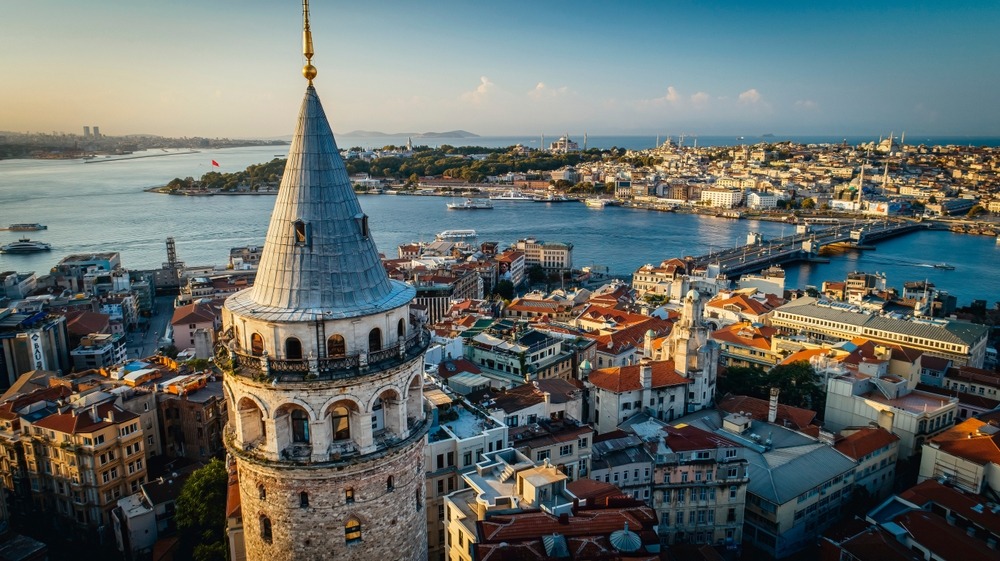
From its ancient past as Byzantium and Constantinople to its vibrant present as Istanbul, this city has continuously reinvented itself. Whether you’re drawn to imperial history, architectural beauty, bustling markets, or sweeping seascapes, Istanbul offers a compelling journey through time at the very crossroads of civilization.

































